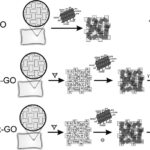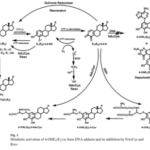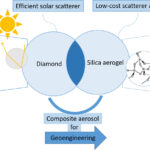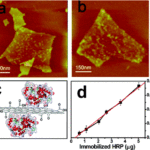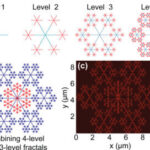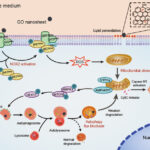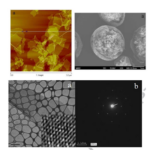January 4, 2025 Graphene, Scientific alternative studies
All of this means that they may be used to implement human gene editing using CRISPR techniques.
Graphene nanoparticles for targeted delivery of siRNA to the brain
Reference study
Joo, J., Kwon, EJ, Kang, J., Skalak, M., Anglin, EJ, Mann, AP, … e Sailor, MJ (2016). Porous silicon–graphene oxide core–shell nanoparticles for targeted delivery of siRNA to the injured brain. Nanoscale Horizons, 1 (5), pp. 407-414. https://doi.org/10.1039/C6NH00082G
Facts analyzed
The authors present a method for developing interfering RNA-based therapies, known as “siRNA“, for the treatment of brain diseases.
It has been shown that graphene nanoparticles, due to their RNA load, can penetrate the target area by avoiding the activation of the immune system.
This allows the siRNA load to accumulate in the targeted affected or injured area of the brain, causing gene interference and silencing for genetic modification of the disease.
Indeed, the authors note : “Efforts to overcome these obstacles have resulted in a variety of siRNA delivery strategies.
Various strategies have been pursued to increase stability and avoid immune system activation by using viral or non-viral nanocarrier-based delivery systems.
Viral vectors that deliver siRNA in the form of the viral genome have been shown to effectively achieve gene silencing, but challenges related to scale-up, low carrying capacity, and safety concerns such as mutagenesis or immunogenicity have limited the clinical translation of these constructs“.
The article also refers to the mode of delivery of the nanoparticle solution : “Intravenous administration of nanoparticles in brain-injured mice results in substantial accumulation specifically at the lesion site”.

Final thoughts
The article proves once again that graphene nanoparticles can reach the brain.
Another irrefutable proof, after the one already reported in this seminal study, which suggests the existence of a method to penetrate the “impregnable fence” of the brain, modify its genetics and influence its functioning with gene silencing therapies, in a procedure very similar to that used in so-called “vaccines”.
Hypothesis
It is hypothesized that “vaccines” may serve to deliver not only messenger mRNA, but also other types of RNA, such as siRNA for gene silencing.
All of this could lead to the possibility of implementing human gene editing using CRISPR techniques.


